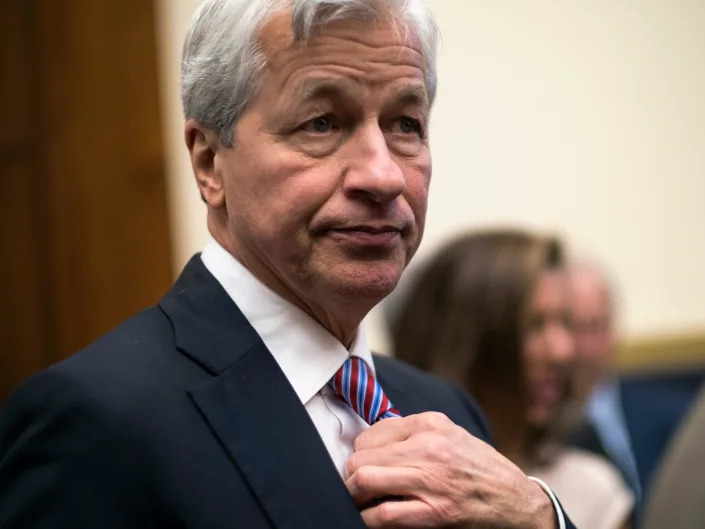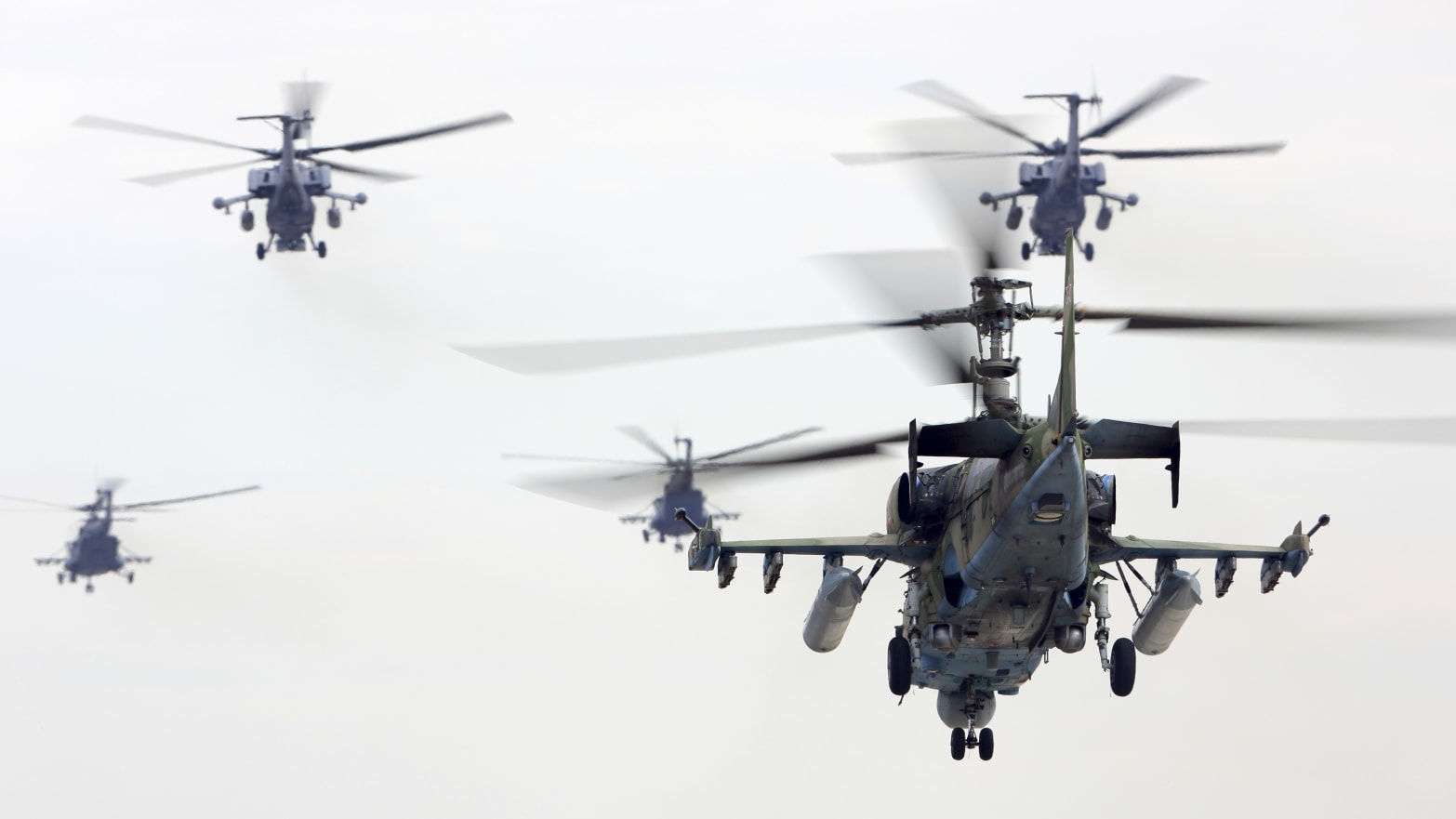Increasing numbers of Russians appear to be backing their government’s rationale for waging its “special military operation” in Ukraine. That seems to include the notion that Russia is presently fighting against the same enemy that it did during World War II: “Nazis.”
It must seem baffling to Western audiences that Ukrainians, who democratically elected a Jewish president barely three years ago, could in any way be referred to as “Nazis,” as Russian media reports routinely describe its enemies.
Editor’s note: This article was edited in order to conform with Russian legislation criminalizing references to Russia’s current action in Ukraine as anything other than a “special military operation.”
The answer appears to lie in the very different ways that Russia and the West experienced WWII – still known in Russia as the “Great Patriotic War” – and digested its lessons. In particular, the two sides take divergent views on what crimes against humanity the Nazis committed that define their monstrosity.
The Monitor spoke to two Russian and two Ukrainian thinkers in an attempt to understand the domestic appeal of the Russian narrative, which a host of new polls indicate has consolidated public opinion behind the Kremlin. This support is coming despite the obvious fact that Russia initiated the “special military operation” that continues to inflict vast destruction upon Ukraine, including immense devastation in cities like Mariupol, and serious costs upon Russia, like the sinking of its flagship cruiser Moskva.
“A person who thinks one nation is above all others”
In the official Russian telling, neo-Nazis and Nazi-influenced groups infiltrated Ukraine’s government and military establishments during and after the 2014 Maidan revolt, which changed power in Kyiv from a Russian-friendly to pro-Western government.
When Russian-speaking separatists in the eastern Donbas region of Ukraine raised a Russian-backed rebellion, the Kyiv government launched a war against them that continues to this day. Ultranationalist paramilitary units with neo-Nazi ties, such as the Azov, Aidar, and Dnipro-1 and -2 battalions, which were later incorporated into Ukraine’s National Guard, spearheaded that war.
Hence, the official Russian narrative claims the present “special military operation” is a struggle to liberate the Russian-speaking population of Donbas from external occupation, which they insist includes actual Nazis as well as regular Ukrainian forces who are fulfilling a Nazi-inspired agenda.
It is a narrative that has considerable traction among average Russians. A recent VTISOM poll found that 88% of Russians believe that there are organizations in Ukraine that profess the ideology of Nazism, and 76% believe that Ukrainian Nazi organizations pose a threat to Russia and Russian citizens.
And there is much discussion about the Nazi threat in Ukraine among Russian commentators. Unlike Soviet times, the fighting there does not take place amid a news blackout or completely made-up information and imagery. Indeed, many embedded Russian war correspondents broadcast visually jarring daily reports from the front lines, and make no effort to disguise the devastation in places like Mariupol.
Instead, the emphasis of Russian authorities is on controlling the narrative, the psychological framework within which Russians view these events. That is where the Nazi metaphor for the Ukrainian enemy becomes potent.
Key to understanding the metaphor’s power in Russia is understanding the Soviet world’s very different experience of WWII and the Nazis, says Masha Lipman, a senior associate at the PONARS Eurasia program at George Washington University.
“In the West, WWII is in large part about the Holocaust, the ultimate evil of the ‘Final Solution,’ and this defined the development of the West after the war,” she says. “In Russia, the Great Patriotic War is connected with the assault on the USSR, the terrible losses among Soviet citizens [of all nationalities], and the great victory over Nazi Germany.
“Official rhetoric makes no reference to the Holocaust. Rather it was a victory over the evil force that tried to destroy the Soviet Union, not a force that was devoted to exterminating the Jews,” she says. “Broadly speaking, the symbolism is different. That has become much more graphic and distinct in recent years as Russia got involved in memory wars with the West.”
That can be seen in public understanding. Nina, a Moscow pensioner who follows the news, says she believes a Nazi is “a person who thinks one nation is above all others and the rest should be killed. It is difficult to figure out exactly what exactly is happening in Ukraine right now. I don’t follow it closely, but there were definitely Nazis in Ukraine. Not the whole population of course, but some squads.”
Not everyone thinks the same. Irina, a municipal worker nearing retirement age, says, “I think what’s going on in Ukraine has nothing to do with Nazis, no matter what we are told by our authorities. The aim perhaps is to demonstrate that we are good, but I think this is an attempt to pit us against one other. I suffer a lot about it all.”
“A gift to Russian propaganda”
Sergei Markov, a former Kremlin adviser and strong supporter of the military operation, claims that Ukrainian leaders, though mostly not Nazis themselves, allowed themselves to become hostages to a right-wing nationalist agenda that exalted WWII-era Nazi collaborators like Stepan Bandera, and allowed actual neo-Nazis to occupy key positions in military and government institutions.
“This Ukrainian regime is infiltrated by Nazis, and it needs them to survive,” he says. “It’s not about whether [President Volodymyr] Zelenskyy is Jewish or not. He is their hostage. I am sure he hates the Nazis, but he is afraid of them. And just because the Ukrainian Nazis don’t pursue anti-Semitic goals – at least for now – doesn’t make them less Nazi. They channel their chauvinism and xenophobia into Russophobia” and turn it against not only Russia, but also that big part of the Ukrainian population that speaks Russian and wants good relations with Russia, he says.
Ivan Katchanovski, a Ukrainian political scientist at the University of Ottawa, says that there are neo-Nazi elements in Ukraine, and though they are a tiny proportion of the population, they have played an “outsized role” in political and military affairs. That has led to confusion and played a prominent part in Russian media coverage of the operation.
As Russian and separatist forces occupy former Azov Regiment premises in the embattled city of Mariupol, they have showcased reams of neo-Nazi paraphernalia they have found there, displayed Azov prisoners festooned with swastikas and other right-wing tattoos, and filmed local citizens recounting what they say are their unpleasant experiences with the group, which has been the main force defending Mariupol for the past eight years.
“That is a gift to Russian propaganda, that these groups were not dealt with before,” says Professor Katchanovski. “Neo-Nazis are a relatively small segment of Ukraine, but the fact that they are integrated in the Ukrainian armed forces and tolerated by Zelenskyy is a problem. ... These right-wing groups are real enough, but the [Kremlin] claim about Nazis in the Ukrainian government and army as a pretext for this illegal invasion of Ukraine is basically false.”
Volodymyr Ishchenko, a Ukrainian sociologist and expert at the Institute of East European Studies, Free University of Berlin, says that the Kremlin’s fixation on the WWII metaphor for the current military operation is more than just a convenient pretext, but it is rooted in the Russian regime’s lack of post-Soviet legitimacy.
Soviet achievements like the victory over Nazi Germany are “fundamental for Russians to understand who they are,” he says. “Nazis are absolute enemies. You can’t do anything with Nazis other than defeat them. This Soviet frame is very powerful; indeed, no other one would work [to rationalize the military operation against Ukraine].”








